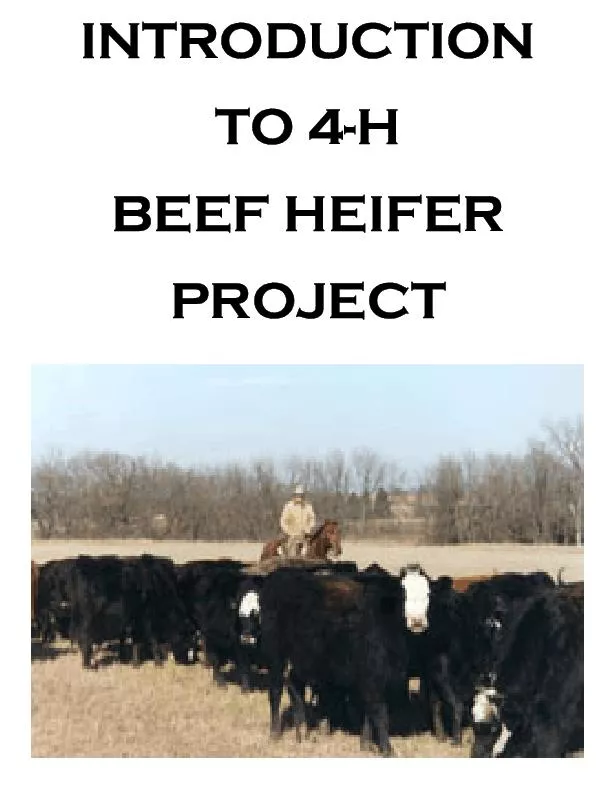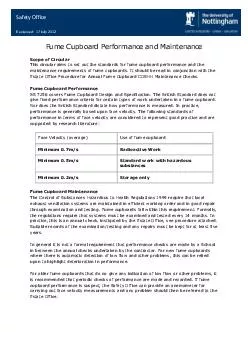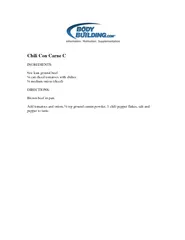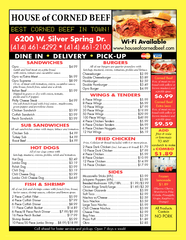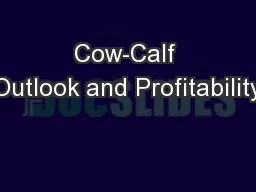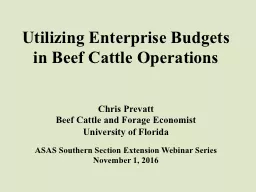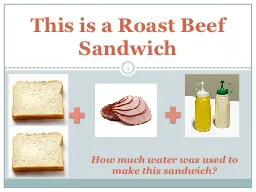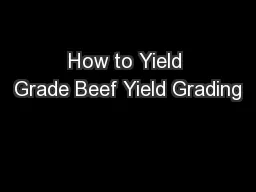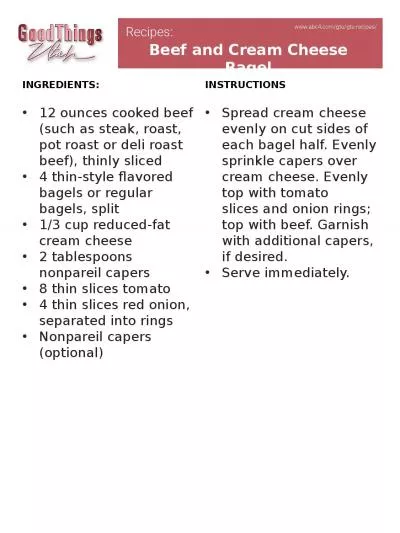PDF-Introduction to 4-H Beef Heifer ProjectComplied by:Reviewed by:James B
Author : giovanna-bartolotta | Published Date : 2016-06-11
2 3 Selection The type of heifer you select to start yourproject will have a big influence on yoursuccess If you start with a good producingheifer your future herd
Presentation Embed Code
Download Presentation
Download Presentation The PPT/PDF document "Introduction to 4-H Beef Heifer ProjectC..." is the property of its rightful owner. Permission is granted to download and print the materials on this website for personal, non-commercial use only, and to display it on your personal computer provided you do not modify the materials and that you retain all copyright notices contained in the materials. By downloading content from our website, you accept the terms of this agreement.
Introduction to 4-H Beef Heifer ProjectComplied by:Reviewed by:James B: Transcript
Download Rules Of Document
"Introduction to 4-H Beef Heifer ProjectComplied by:Reviewed by:James B"The content belongs to its owner. You may download and print it for personal use, without modification, and keep all copyright notices. By downloading, you agree to these terms.
Related Documents

